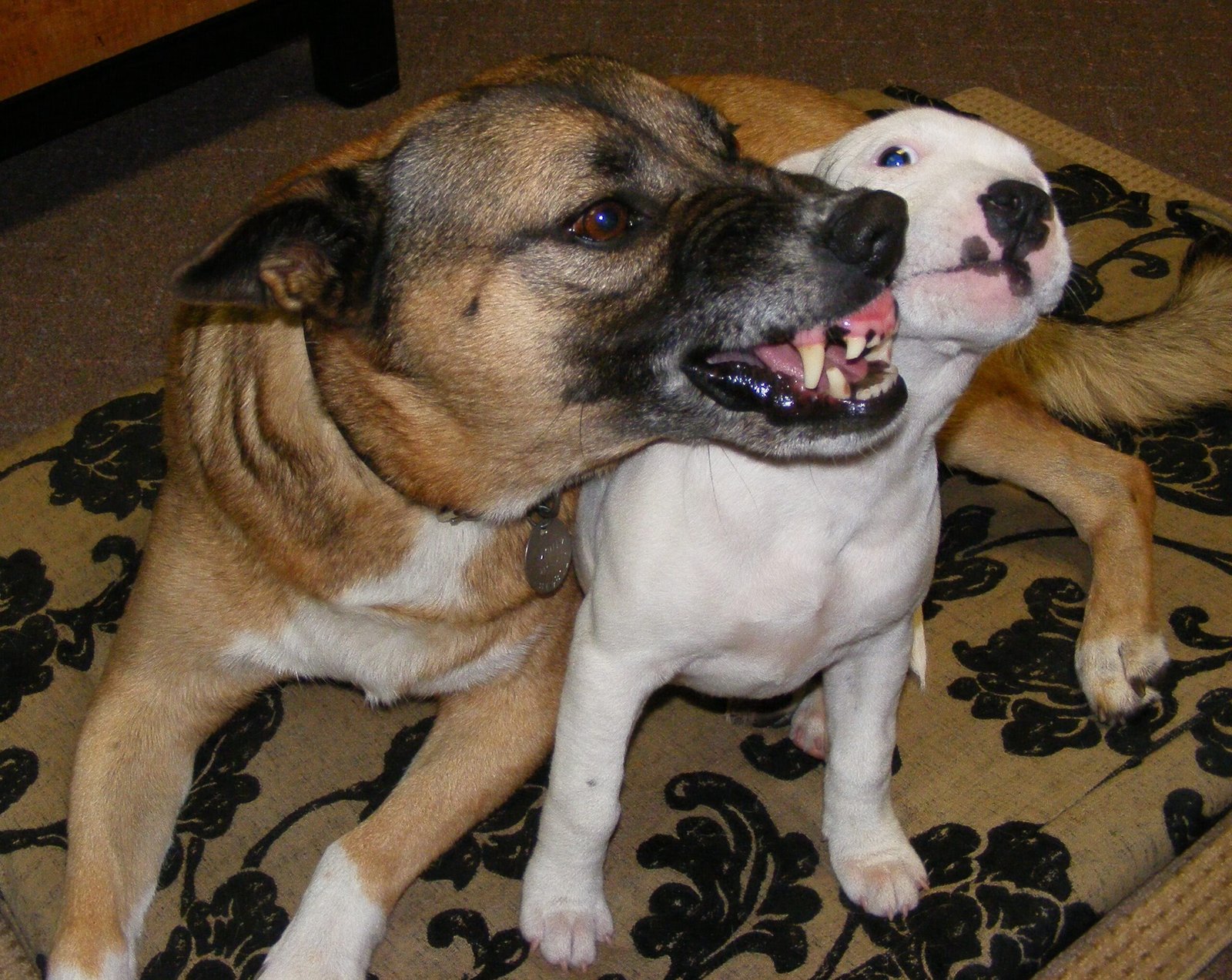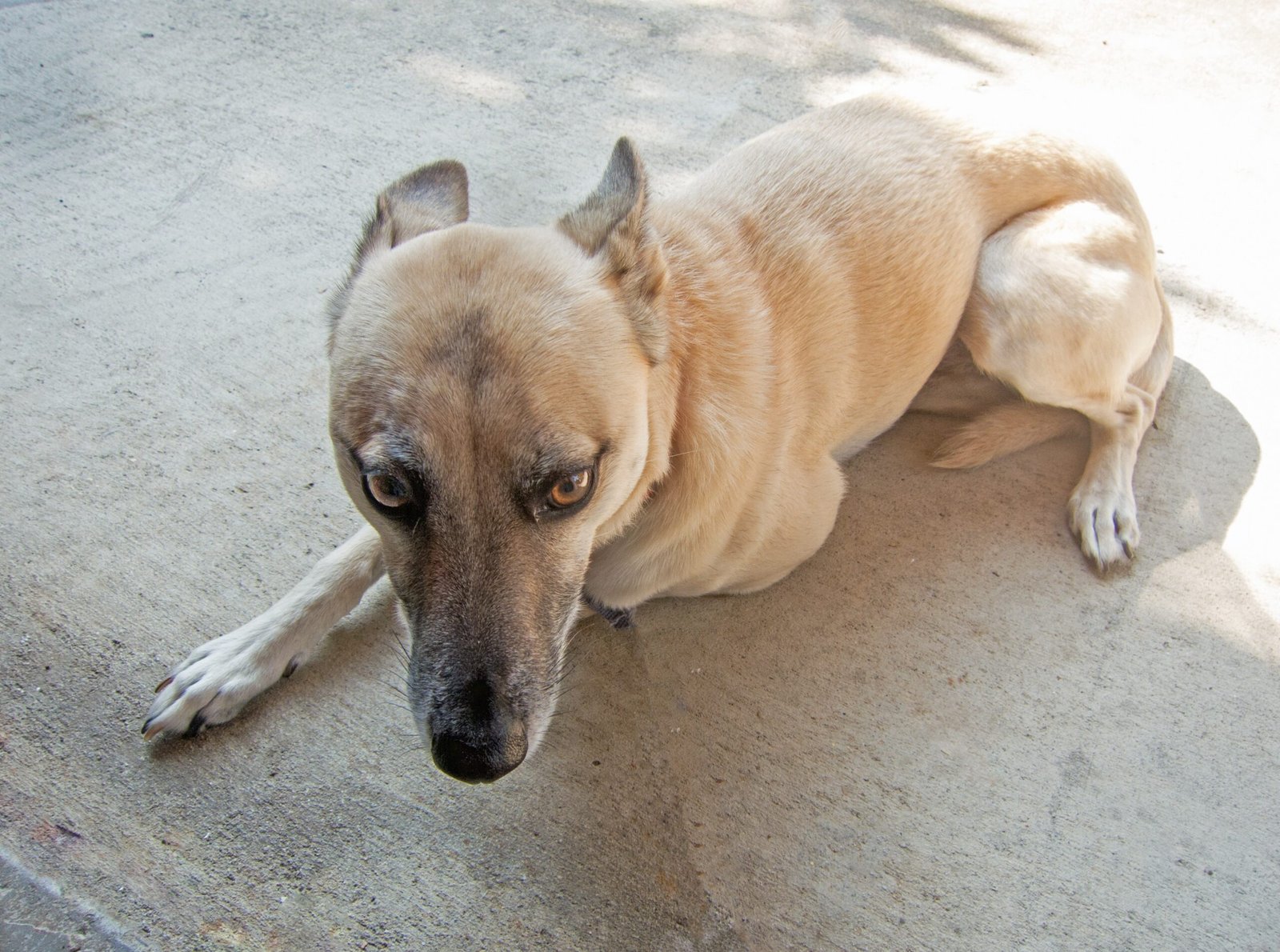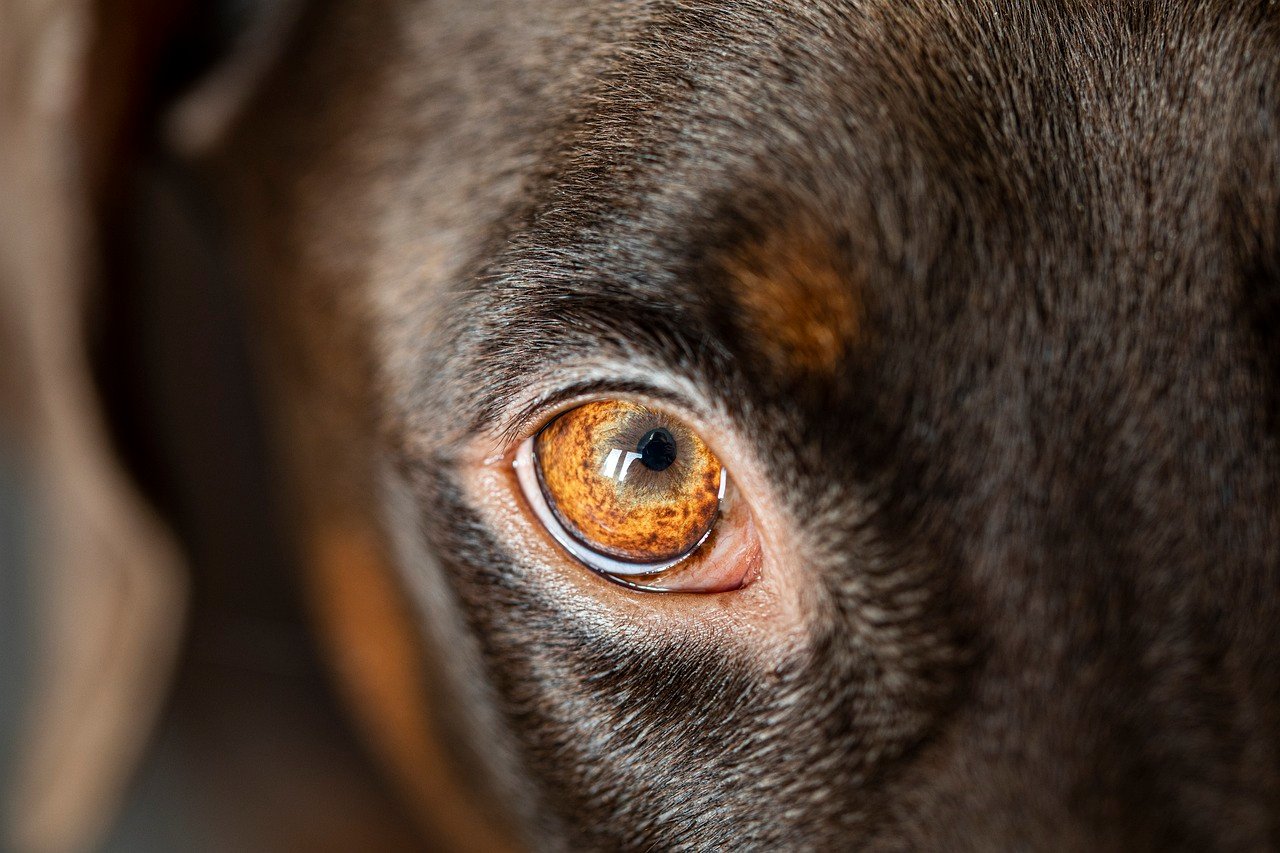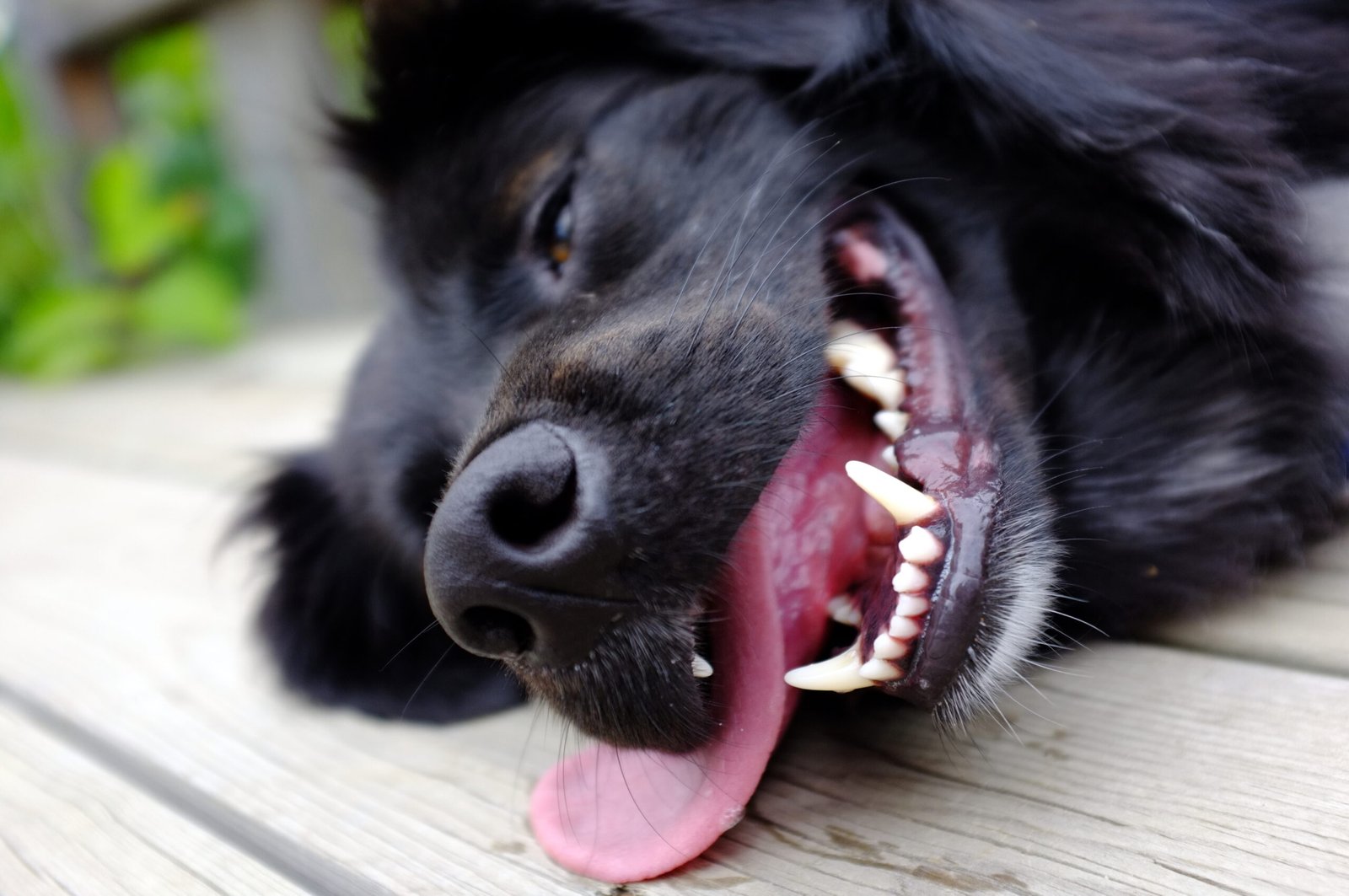Owning a dog is one of life’s most rewarding experiences, yet it also comes with its own set of challenges. Dogs communicate with us in their unique language, and understanding that language is crucial to ensure both your safety and theirs. One of the most important aspects of this communication is recognizing the signs that a dog may bite. While dogs often give multiple signals before resorting to biting, there is one sign that stands out. Let’s delve into these signs so you can be prepared and responsive.
The One Sign: Growling

Growling is often the clearest sign that a dog is about to bite. This sound emanates from deep within their throat and serves as a vocal warning. It’s akin to someone telling you to back off before things get ugly. Dogs growl for various reasons, including fear, pain, or territorial instincts. It’s their way of saying, “I’m not comfortable with this situation.” Ignoring a growl can escalate the situation, leading to a bite. Always take a growl seriously and try to remove the source of discomfort for the dog.
Watch the Ears

The position of a dog’s ears can also be a significant indicator. When a dog is feeling threatened, their ears will often be pinned back against their head. This posture is a defensive mechanism, much like how a human might hunch their shoulders when feeling threatened. On the other hand, overly perked ears can mean heightened alertness or aggression. By paying attention to these subtle changes, you can gain insight into the dog’s emotional state and take action to de-escalate the situation.
Tucked Tail Tells a Tale

A tail tucked between the legs is a classic sign of fear or submission. However, it can also indicate that a dog is anxious and may bite if further provoked. This is especially true if the tail is tightly tucked, as opposed to merely drooping. Think of it as the canine equivalent of a human biting their nails when nervous. If you notice this posture, it’s essential to approach the dog with caution and give them space to feel safe.
Rigid Body Language

Dogs communicate a lot through body language, and rigidity is a red flag. When a dog’s body becomes stiff, it signals tension and readiness to act. This is similar to a person clenching their fists when angry or stressed. A stiffened body, especially if accompanied by a direct stare, means the dog is on high alert. It’s a cue to back off and let the dog calm down. Understanding this subtle cue can prevent many unfortunate incidents.
The Whites of Their Eyes

Sometimes referred to as “whale eye,” this sign occurs when a dog shows the whites of their eyes. It’s a sign of discomfort or stress. This happens when a dog turns its head slightly, but keeps its eyes fixed on something it perceives as a threat. Imagine someone giving you a sidelong glance when they’re unsure or wary of you. Recognizing this sign allows you to step back and reassess the situation, giving the dog the space it needs.
Excessive Panting or Drooling

While panting is normal for dogs, excessive panting or drooling can indicate stress or fear. When a dog is anxious, they may pant much more than usual, even if they haven’t been active. Think of it like a person sweating when they are nervous about a big presentation. Drooling can accompany this, especially if the dog feels cornered. By noting these signs, you can intervene early and help the dog regain its composure.
In conclusion, understanding these signs can make a world of difference in preventing dog bites. Each sign serves as a piece of the puzzle that, when put together, paints a picture of a dog’s emotional state. By respecting these signals, you foster a safer and more harmonious environment for both you and your furry friend.

Born and bred in South Africa, a Capetonian at heart. Amy-Leigh’s love for nature and animals was inherited from her Dad. He loves taking the family on road trips to experience nature at its finest; Amy-Leigh’s favourite being whale watching in Hermanus and spotting Kudu along the West Coast. Amy-Leigh holds a BA in English Literature and Communication Studies.






